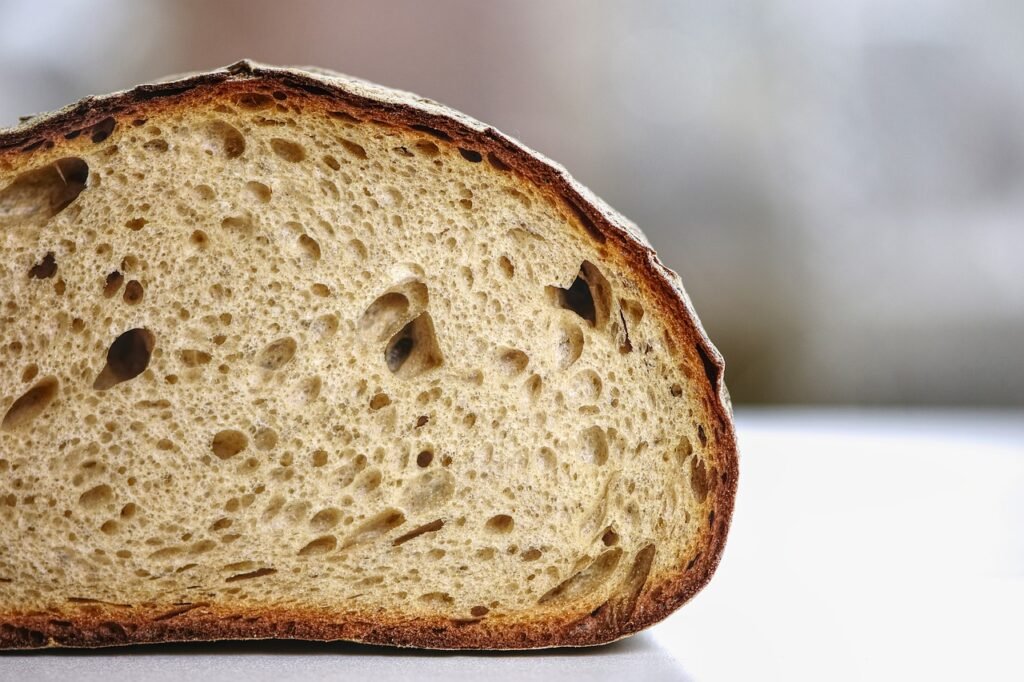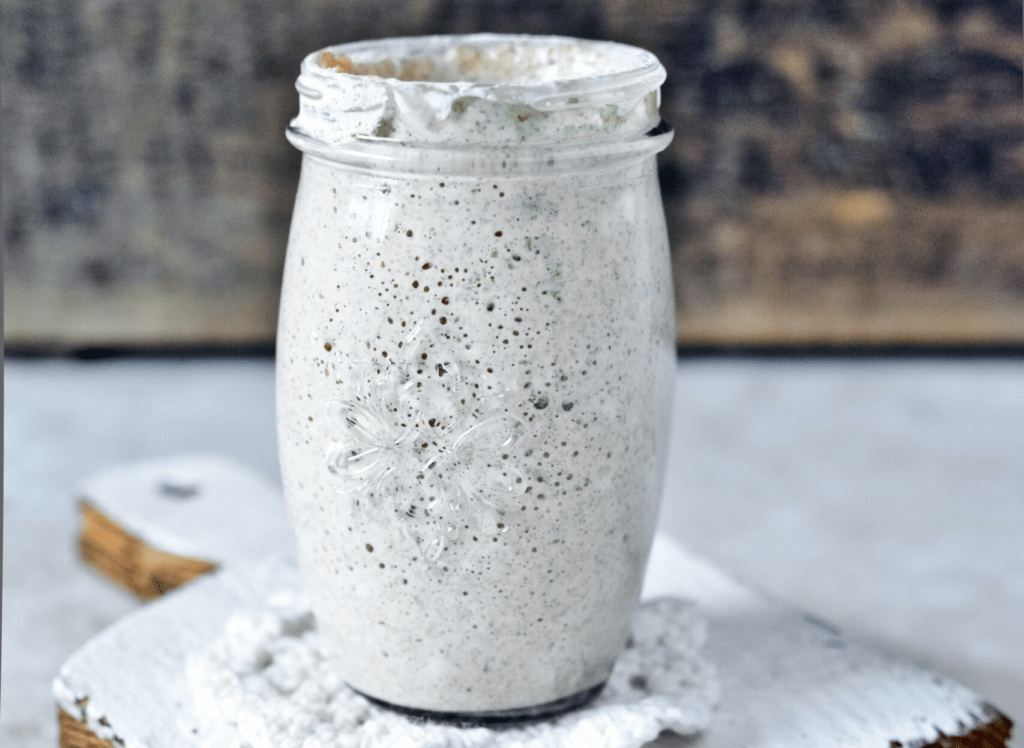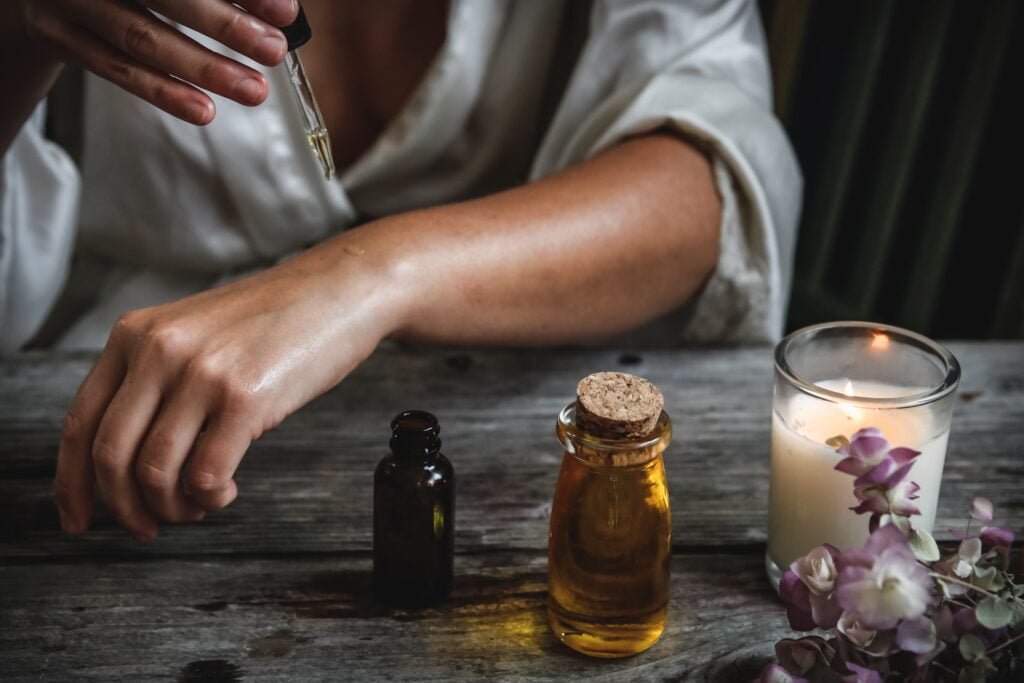If you’re here then you’re probably in the same position I was, scrolling social media and seeing so much discussion about the harmful chemicals we’re exposed to in literally every household item. From non stick pans to shower gels to basically every cleaning product out there, I got to a point of wondering… is anything safe anymore?! How much of it is fear mongering and how much should I really pay attention to? It almost became overwhelming to pick up simple products from the shop, never knowing if I was picking the right thing or something potentially harmful. So to beat the overwhelm I started looking into small areas of my life, doing some research and seeing how I could make healthier/more sustainable swaps. I made another post listing the 4 main areas of where and how I got started. Today, we’re focusing on laundry. How to make your own non toxic laundry detergent, how the shop bought ones are actually harmful and (if DIY isn’t for you) the cleaner brands that are out there.
Laundry detergents usually contain several ingredients that you do not want in your home. Among other (arguably worse) things, what really shocked me was how inhaling the fragrances can actually cause damage to your lungs, and how they contain ingredients that are known to irritate to skin, yet you’re to use it on the clothes you wear, the bedding you sleep in, and the towels you dry with. I’ve listed some of the common ingredients found and concerns associated with them below (this came from multiple sources from my own research, but always do your own research too.)
Ingredients To Avoid In A Laundry Detergent:
Surfactants:
Sodium Lauryl Sulfate (SLS) or Sodium Laureth Sulfate (SLES) These are the primary cleaning agents. While common and effective, certain surfactants can be harsh and may cause skin irritation.
Concerns: Skin irritation; potential to be contaminated with 1,4-dioxane.
Alternatives: Look for detergents with milder surfactants or those labeled as sulfate-free.
Fragrances:
Synthetic fragrances can contain phthalates, which have been associated with health concerns. Fragrances can also be a source of skin irritation or trigger allergies.
Concerns: Phthalates in synthetic fragrances can be endocrine disruptors.
Alternatives: Choose fragrance-free or opt for products scented with pure essential oils.
Dyes:
Artificial dyes can cause skin irritation and may be unnecessary in terms of cleaning efficacy.
Concerns: Skin irritation; unnecessary in terms of cleaning efficacy.
Alternatives: Choose dye-free detergents.

Brighteners:
Optical brighteners are chemicals that make fabrics appear brighter.
Concerns: Can stay on clothes and cause skin irritation.
Alternatives: Consider detergent without optical brighteners.
Phosphates:
Traditional laundry detergents contained phosphates, which could contribute to water pollution. Many modern detergents are phosphate-free or low-phosphate.
Concerns: Environmental pollution.
Alternatives: Opt for phosphate-free detergents, which are better for the environment.
Preservatives:
Some detergents contain preservatives to prevent the growth of bacteria or mold.
Concerns: Some preservatives may cause skin irritation.
Alternatives: Choose products with natural preservatives or those labeled as preservative-free.
Ethanolamines (MEA, DEA, TEA):
These are used as emulsifiers or pH adjusters.
Concerns: Can react with other ingredients to form potentially harmful substances.
Alternatives: Seek detergents without ethanolamines.
1,4-Dioxane:
This is not an intentional ingredient but can be a byproduct of the manufacturing process. It’s a potential carcinogen.
Concerns: Potential carcinogen.
Alternatives: Choose detergents that explicitly state they are free from 1,4-dioxane.
Artificial Bleaches:
Some detergents contain bleach, which can be harsh and may irritate the skin.
Concerns: Can be harsh and irritating.
Alternatives: Look for oxygen bleach or detergents without added bleach.
Artificial Softeners:
These are added to some detergents to make clothes feel softer. They may contain chemicals that could be irritating.
Concerns: May contain chemicals that could be irritating.
Alternatives: Choose plant-based fabric softeners or skip softeners altogether.
Always read labels, and if you have specific health concerns or sensitivities, consider consulting with a healthcare professional. Many eco-friendly, plant-based, or hypoallergenic detergents are available as alternatives. Additionally, making your own detergent using simple ingredients like baking soda and castile soap is a DIY option. My favourite washing ingredients and products are all listed below
Why Make Your Own Laundry Detergent?
When I began my non toxic journey, cleaning supplies were the first thing that I decided to replace. I found some great natural alternatives and made my own. Not only did it massively lessen my exposure to all the above harmful substances and protect my families health, but it worked out much more cost effective too!
One of the hardest things I found replacing was laundry detergent, because I loved the results I got from big brands. There are so many more natural options for washing your clothes that just weren’t giving the same results, but I persevered because every time I looked at the ingredients list on those branded powders and liquids I saw all the stuff I was choosing to expose my family to.. and the stuff that wasn’t even being shown. Seeing the word ‘fragrance’ alone on an ingredient list usually represents a complex mixture of dozens (if not hundreds or thousands) of chemicals that they don’t have to individually disclose and simply fall under an umbrella term of ‘fragrance’ … that to me was shocking!
So, I set out to find THE recipe for homemade non toxic laundry deteregent that ticked all of these boxes:
- Cleaned
- Was non-toxic
- Smelled good
- Affordable and super easy to make
After some trial and error and trying out both liquid and powder options, I opted for this in the end!
DIY Laundry Powder:
- 1kg of Sodium Carbonate (also known as washing soda or soda crystals)
- 1kg of Sodium Bicarbonate (also known as baking soda or bicarbonate of soda) (also make sure you buy aluminium free)
- 2 cups Epsom salts (acts as a natural fabric softener)
- 25-30 drops of Essential oils (my favourites for washing are citrus)
…and thats it! Just get a large glass container like this one and throw these four ingredients together with a good stir and you have an effective, super affordable, lovely smelling, non-toxic DIY laundry detergent.
Cleaner Brands
If the DIY option isn’t for you I’ve also linked a few of the better brands that focus on sustainability and lower toxicity. Whatever way you choose to swap out your laundry products, your health will thank you!







